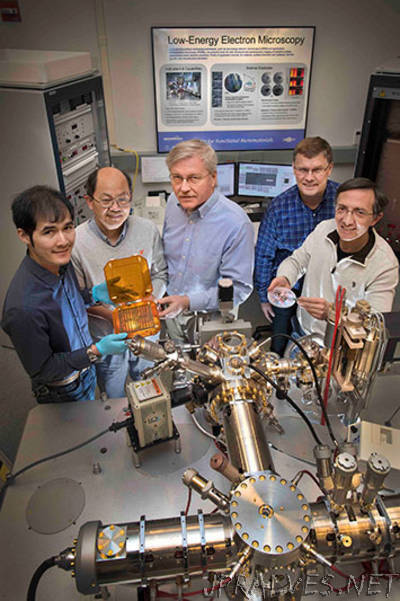
“Ionic liquids—salts made by combining positively charged molecules (cations) and negatively charged molecules (anions) that are liquid at relatively low temperatures, often below room temperature—are increasingly being investigated for uses in batteries, supercapacitors, and transistors. Their unique physical and chemical properties, including good ionic conductivity, low flammability and volatility, and high thermal stability, make them well suited for such applications. But thousands of ionic liquids exist and exactly how they interact with the electrified surfaces of electrodes remains poorly understood, making it difficult to choose the proper ionic liquid for a particular application. Now, scientists at the U.S. Department of Energy’s (DOE) Brookhaven National Laboratory have demonstrated a new method for observing in real time how the ions of such liquids move and reconfigure as different voltages are applied to the electrodes. The method is described in a paper published on May 12 in the online edition of Advanced Materials.”
